A new online exhibition, Seeing Pastoralism, has been launched by the PASTRES project (Pastoralism, Uncertainty and Resilience: Global Lessons from the Margins). The website uses stories and images to explore how pastoralists understand, experience and respond to uncertainty.
The stories are drawn from the six research sites of the PASTRES project. All six locations differ in many ways, but all show how pastoralists live and work in often variable and uncertain conditions.
Pastoralists are shown caring for yaks in the high Tibetan plateau; bringing artisanal cheeses to market in Sardinia; sharing resources in northern Kenya and crossing borders in Ethiopia; moving across vast landscapes in Gujarat; and leaving and returning to the towns and drylands of southern Tunisia.
Through the images and stories that emerge from the six areas, we see how pastoralists deal with uncertainties that arise from climate change, financial markets, diesase epidemics, policy changes and territorial and boundary changes.
The images and video have been produced by pastoralists and a team of PhD researchers from the PASTRES research programme who worked with them (as well as the photographer Nipun Prabhakar in the Kachchh site), with guidance on Photovoice from the practitioner and researcher Shibaji Bose, and creative guidance and co-ordination from the award-winning photographer Roopa Gogineni.
Explore the sites
Amdo Tibet: Dharma on the left, conservation on the right
In Amdo Tibet, Palden Tsering is exploring hybrid processes of land control in pastoral areas of Qinghai, in the context of rising uncertainties on the Tibetan plateau.
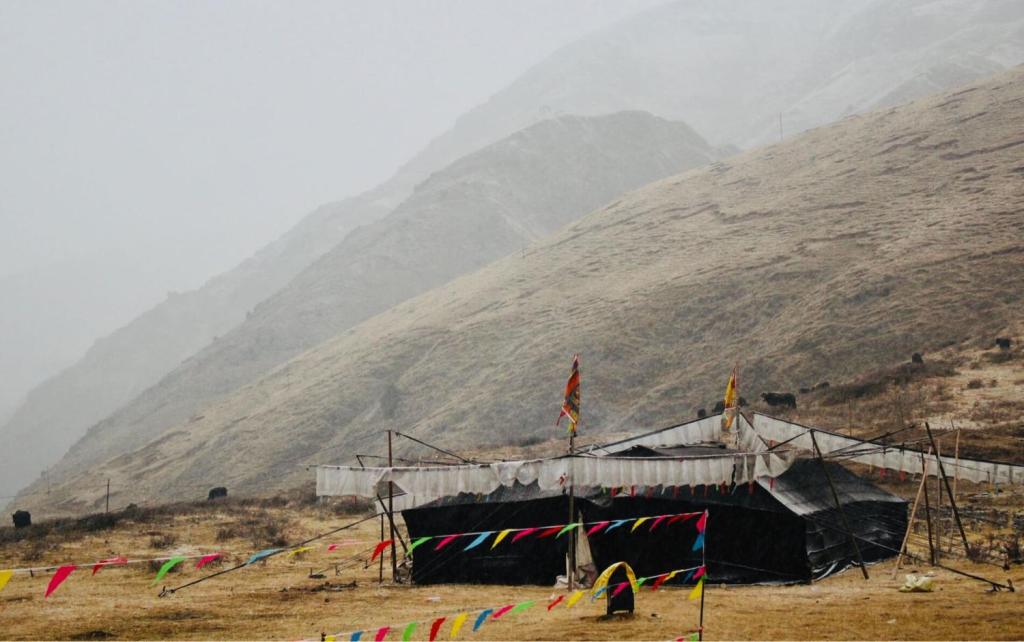
Sardinia: Pastoralism, 100 ways
Giulia Simula is an agrarian and food movement researcher originally from Sardinia, where she is focusing on the politics of pastoral markets and the dynamics of agrarian transformation. Her work explores the anxieties of pastoralists over changing markets on the island, as well as the everyday practices and social events that enable them to thrive.
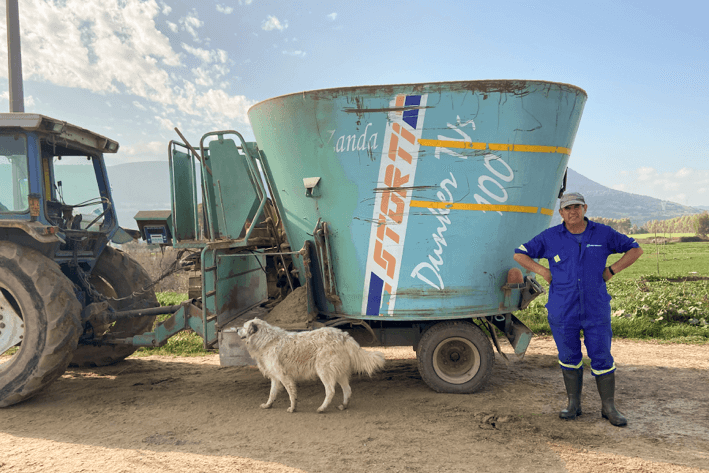
Isiolo – I exist because you exist
In Isiolo, Tahira Shariff’s research looks at changes over time among the Waso Borana pastoralists of Northern Kenya. Tahira’s work compares the current landscape with the findings of a landmark study by Gudrun Dahlin 1975. Here, a moral economy is important for providing mutual support, and for governing how resources can be used and shared.

Borana: Everything has changed, even the ways we die
Masresha Taye’s research with the PASTRES project focuses on the role of insurance in mitigating risk and generating resilience among Borana pastoralists in southern Ethiopia. Conflicts and extreme weather make life uncertain, but pastoralists must also negotiate changing border regimes, and the impacts of a growing economy with new building and infrastructure projects.

Kachchh: Moving through time and space
In Kachchh, Natasha Maru is building upon her multidisciplinary social sciences background and experience of working with smallholder farmers and pastoralists in India. Natasha’s work with PASTRES is aimed to broaden conceptions of pastoral mobility. The pictures from Kachchh give a sense of life on the road, documenting the daily and seasonal rhythms of encampments and journeys, and the relationships between pastoralists, animals and the places they encounter.
Photos from Kachchh were taken by Natasha and the photographer Nipun Prabhakar, as well as the pastoralists they worked with.

Tunisia: Partir pour rester
In Douiret, Tataouine, Linda Pappagallo has been exploring the role of migration, and various forms of absence-presence, on livestock keeping in the region. Her pictures show the vastness of the landscapes in southern Tunisia, as well as more intimate moments between herders, family groups and the animals they depend on.
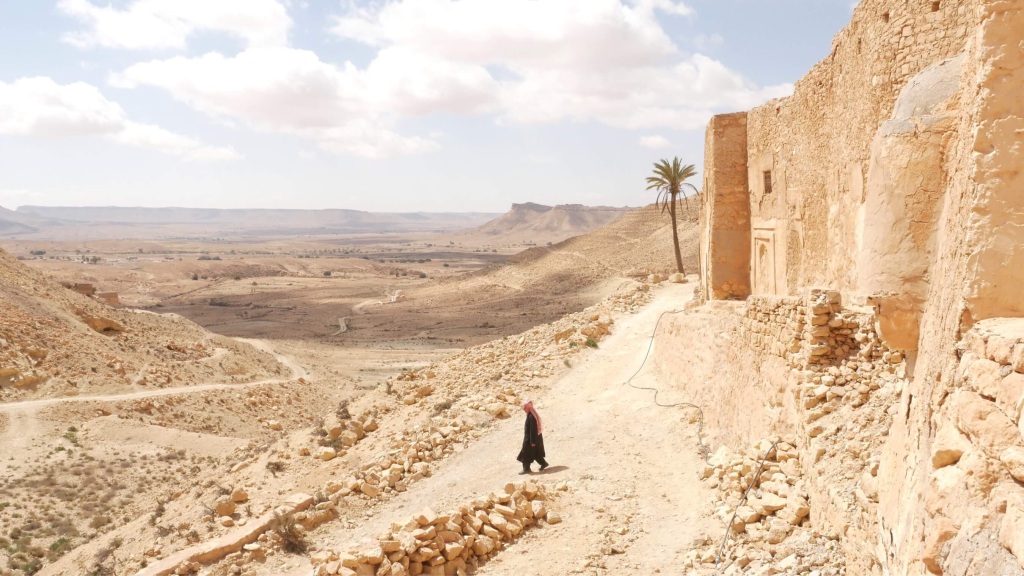
Photovoice
As well as the researchers’ own photos, the website also features images and stories that were generated using the Photovoice method.
Photovoice aims to create a space where people in a particular place or group are encouraged to record their perspectives, and reflect on their own understanding of the challenges they face. The method explores what people see and experience around them, offering a possibility to tell stories and engage in critical dialogue with others.
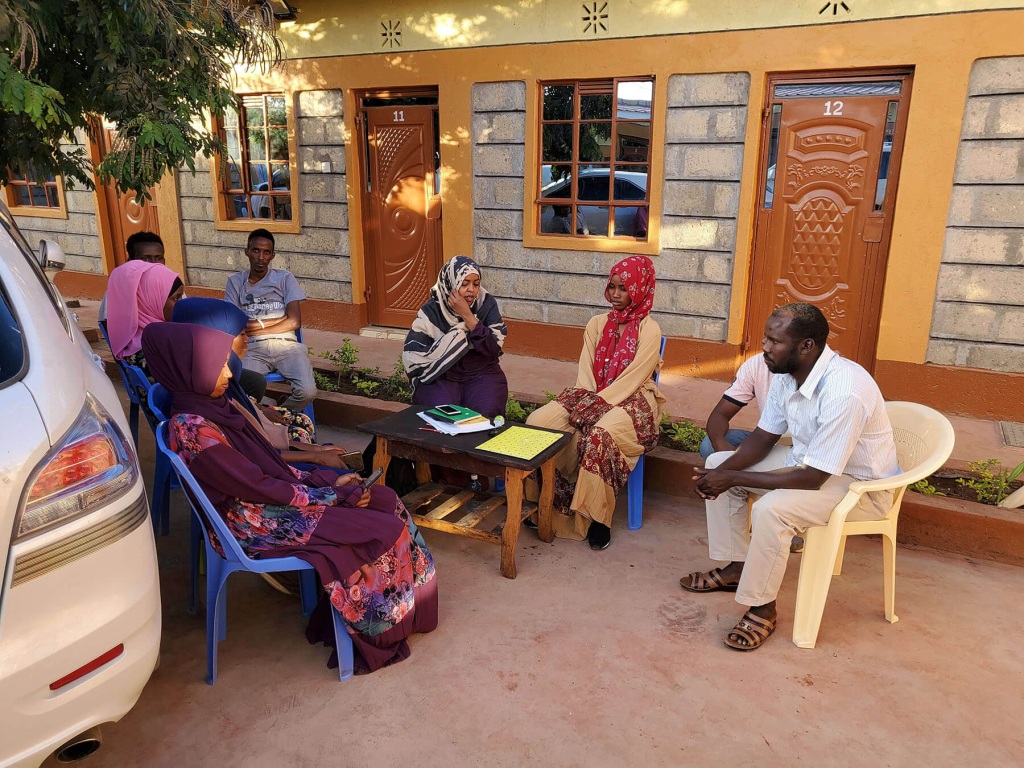
Exhibition on the move
Photos and other material from the project have been shared by our PhD researchers with participants in the case study sites, and have been exhibited during the COP26 climate conference in Glasgow, as well as in Brighton, Florence and Sardinia. Further exhibitions are planned in Rome, Brussels and elsewhere.
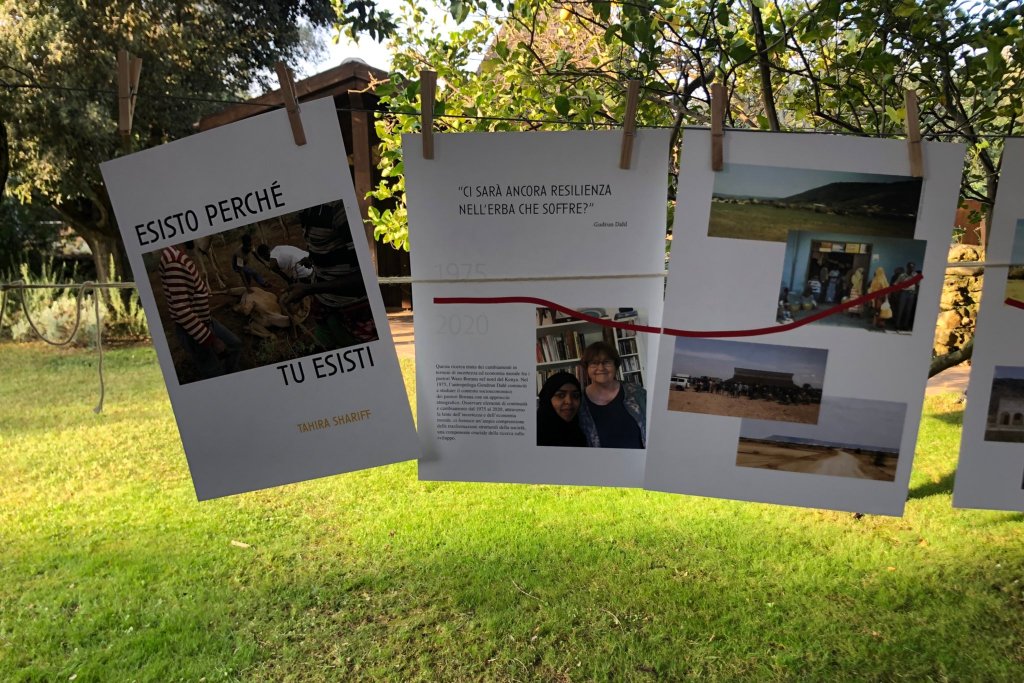



Explore the exhibition
Visit the Seeing Pastoralism website to read more and explore the stories.
